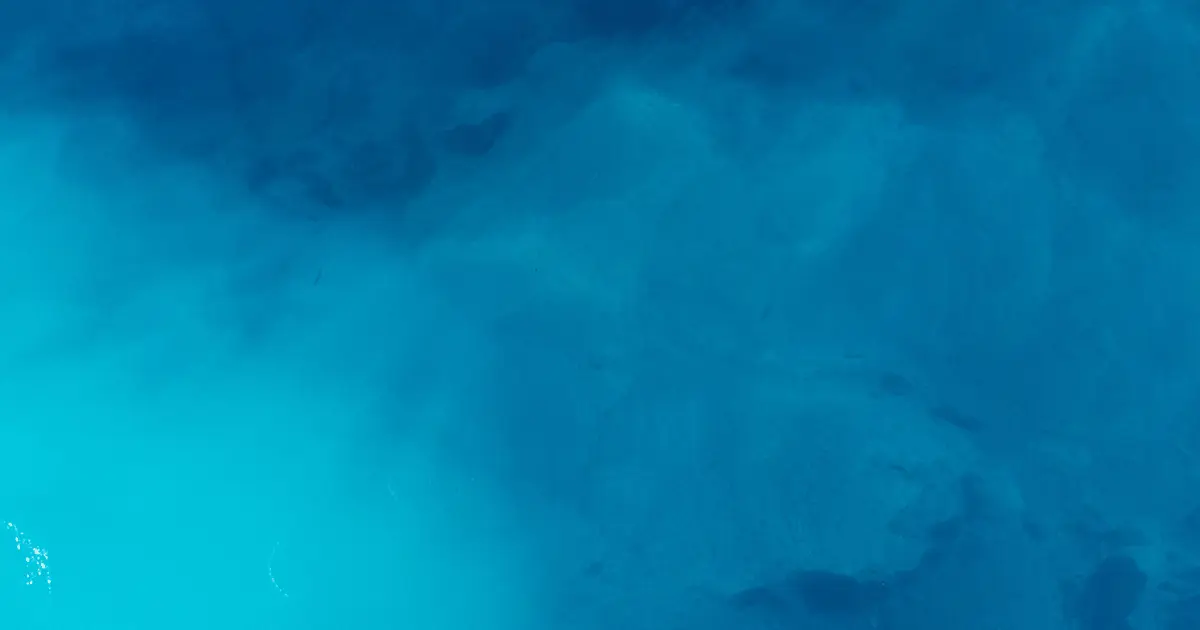Blue is one of the most popular colors, from sky blue to baby blue and from sapphire to denim blue. One of the reasons it’s so popular is because it goes with everything, creating an attractive accent to just about anything.
But how do you make blue? What color combinations can you use to create this beautiful color? Read on to learn more about what colors make blue and how to use them in your next project!
The Primary Colors

Blue can be accomplished with three primary colors: red, yellow, and blue. They are called primary colors because no matter how you mix them, you cannot create the other colors.
Mixing red and blue together creates a purplish shade of blue, while mixing red and yellow creates an orange-tinted blue. When all three colors are mixed in equal proportions, the result is a bright, vibrant blue. Using these primary colors to create blue can help you get a precise shade that may only be achievable with two colors.
Experimenting with different combinations and ratios of the primary colors can result in a wide range of blues. You may need to adjust the saturation or brightness of the colors to achieve the desired effect.
For example, adding white or black to the mixture can lighten or darken the hue. You can also add shades of gray or brown to tone down the overall color or create a more muted hue.
The key to creating beautiful shades of blue is understanding how each of the three primary colors interacts. By playing around with the proportions and shades of each color, you can come up with various blues.
The Secondary Colors
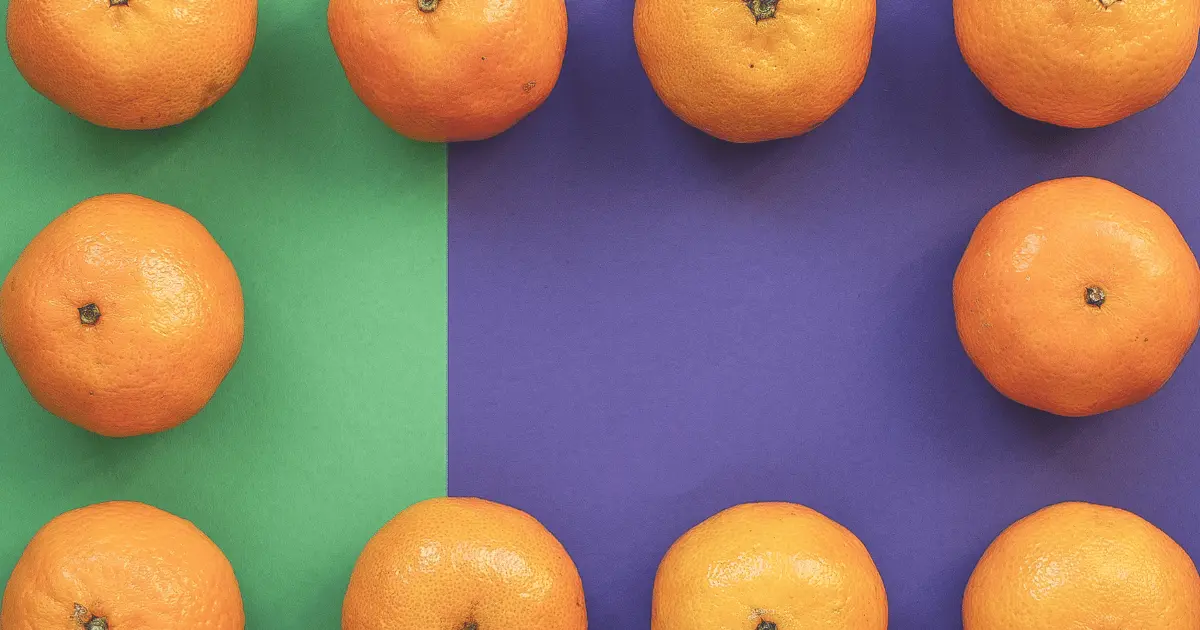
Blue can be created by combining two of the three secondaries. However, the focus is on secondary colors: orange, green, and purple. Orange and green make blue when they are mixed in equal proportions. This is because orange contains some red and yellow pigments, while green contains yellow and blue pigments.
When the two colors are blended, the blue pigment dominates and creates a vibrant shade of blue. Purple and yellow also make blue when combined in equal proportions. Purple comprises red and blue pigments, while yellow contains only yellow pigments. When the two colors are blended, the blue pigment again dominates and creates a rich shade of blue.
When using paint to create different shades of blue, it is important to remember to mix the correct proportions of orange and green or purple and yellow. Too much of one color will result in an entirely different color than intended.
Experimenting with different combinations can help to create the perfect shade of blue for any project.
The Tertiary Colors

When thinking about the colors that make up blue, many people think of the primary colors red, yellow, and blue. While these are all true components of blue, tertiary colors can be used to create this hue.
Tertiary colors are created when two primary colors are mixed. For example, if you mix red and yellow, you will get orange, and if you mix blue and yellow, you will get green.
So, what tertiary colors do you use when creating blue? The most common tertiary color used to make blue is purple, and this is because purple is a mix of red and blue, which creates a deep and vibrant shade of blue.
Another popular tertiary color used to make blue is teal. Teal is a mix of green and blue, creating a unique color with cool and warm tones.
Lastly, navy blue is a darker blue hue created by mixing black with blue. Navy blue has a rich and classic look that can be seen in many traditional deal designs and artworks.
Several different tertiary colors can create the perfect shade of blue. Purple, teal, and navy blue are just some options that can create stunning shades of this versatile color. So, consider these tertiary colors next time you’re looking for a particular shade of blue.
The Color Wheel
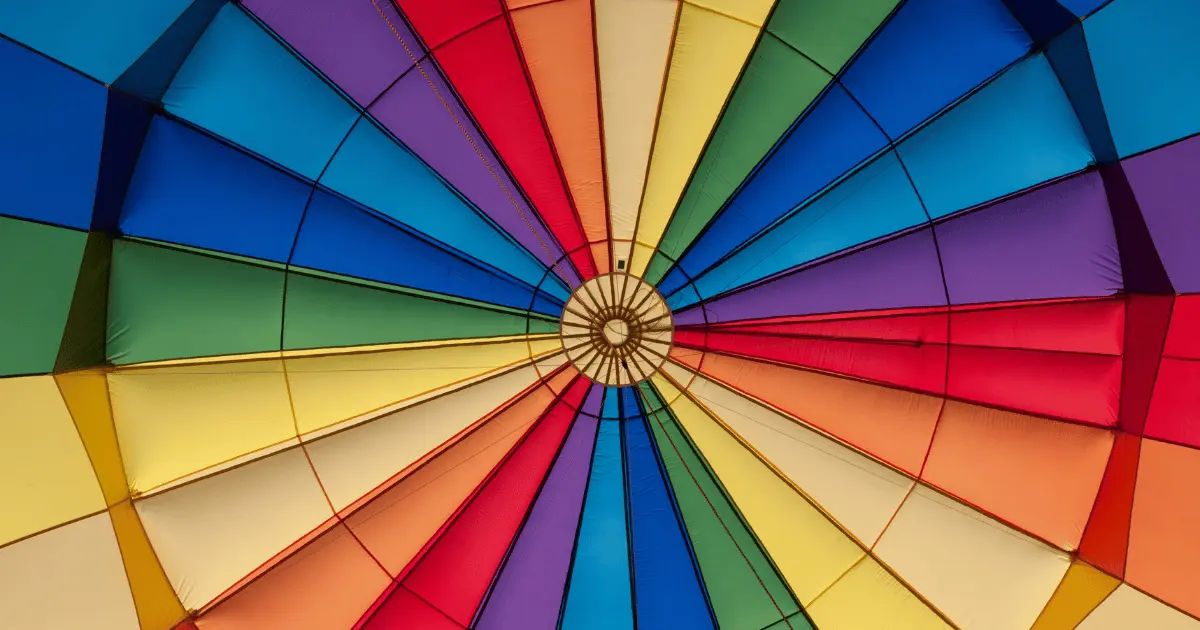
Understanding what colors make blue can be a bit tricky. To understand how to mix blue, we must first understand the color wheel. The color wheel is composed of 12 colors: red, orange, yellow, green, blue, purple, magenta, brown, black, white, pink, and gray. Each of these colors has a complementary color, the opposite color on the color wheel.
Red’s complementary color is green; orange’s complementary color is blue; yellow’s complementary color is purple; and so on.When mixing colors to make blue, you must consider the proportions of each primary color you use.
For example, if you want a light blue, you will need more yellow than blue and green, while if you want a deep navy blue, you will need equal amounts of blue and green with a little yellow.
Another way to make blue is to combine different hues of the same color. You can mix a bright blue with a dark navy blue to create a beautiful, vibrant blue hue. You can also mix two or more shades of blue for a unique and interesting color. Finally, you can mix blue with a complementary color to create a more muted and complex shade.
No matter what shade of blue you’re looking for, understanding the color wheel and experimenting with different combinations of colors is key. With some practice and patience, you’ll soon be able to mix the perfect blue for any project!
Other Colors That Can be Used to Create Blue
If you’re looking to create blue, you might be surprised to learn that several other colors can be used to make it. By combining the right hues, you can create various shades of blue. The following are some of the most common colors used to make blue:-
• Red and Blue
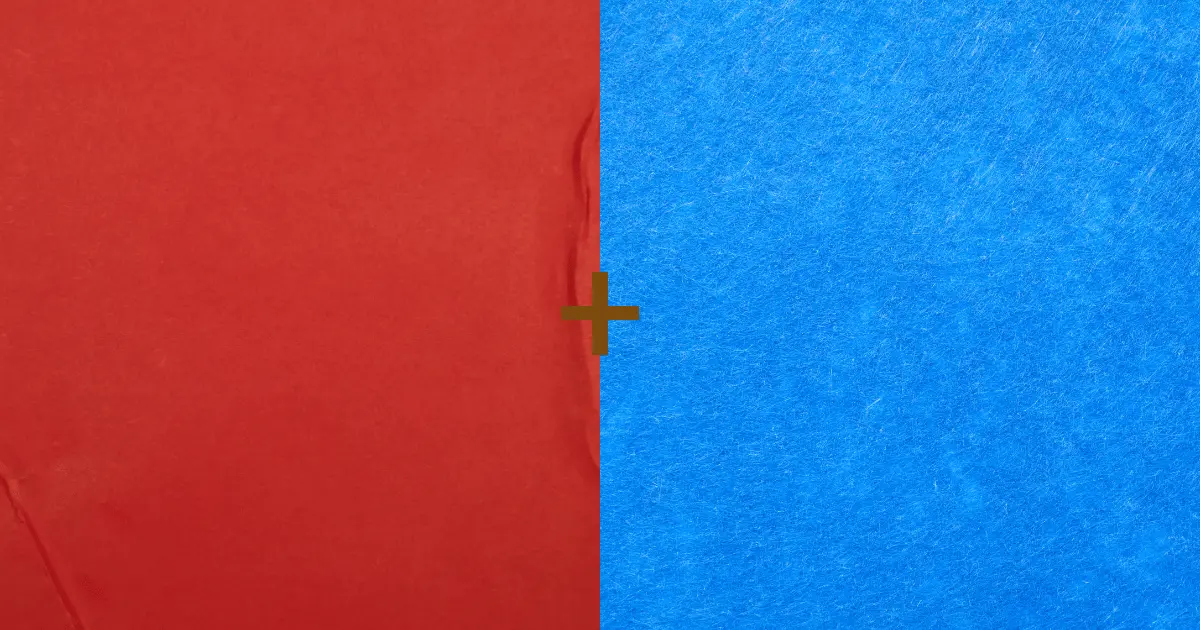
This combination of red and blue creates a purple hue, which can then be used to make shades of blue.
• Green and Yellow

When green and yellow are mixed, they create a lime green hue that can also be used to make blue.
• Orange and Blue

You can make various shades of turquoise by mixing orange and blue.
• Black and White
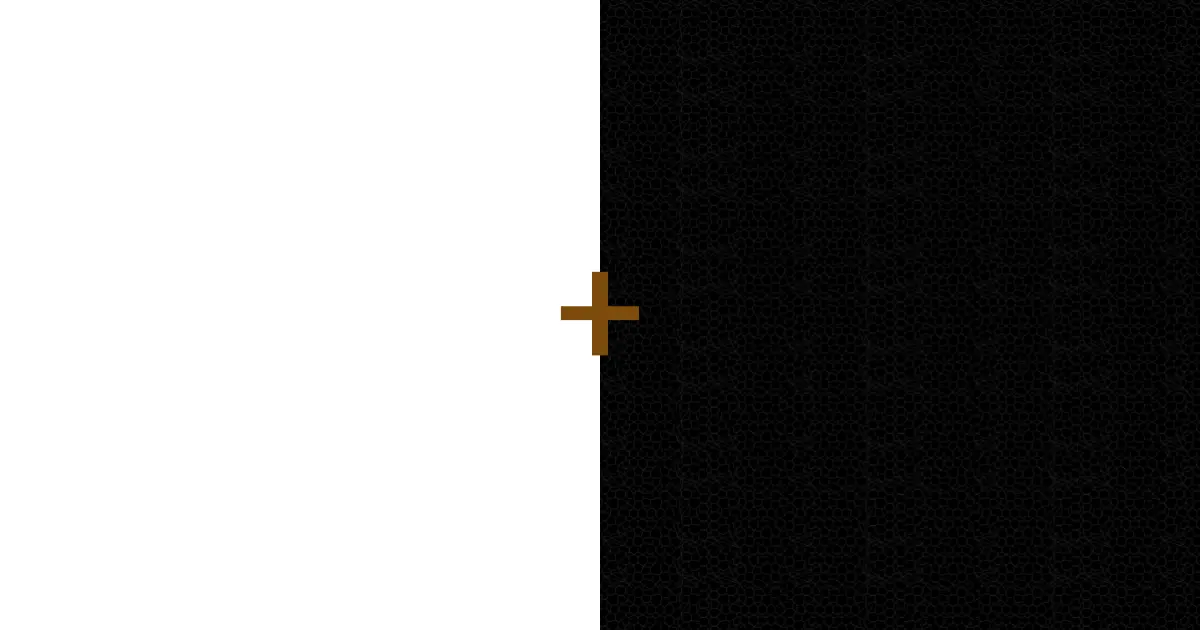
Both black and white can be used to create navy blue by adding more of one than the other into pure blue color.
By combining these colors in the right proportions, you can create a wide range of different blues. Try experimenting with different hues to find the perfect shade for your project!
Tints, Shades And Tones
When it comes to colors, blue is a versatile hue that you can create in various ways. Depending on how you mix the colors, you can create a range of tints, shades, and tones of blue.
Tints are created when white is added to a color—white to blue results in a lighter, paler version. When blue is tinted, it can range from pale baby blue to soft sky blue.
Shades are created when black is added to a color—black to blue results in a darker version. When blue is shaded, it can range from a deep navy blue to a rich dark indigo.
Tones are created when gray is added to a color—adding gray to blue results in a muted version of the color. When blue is toned, it can range from an almost olive green-blue to a soft grayish blue.
No matter what type of blue you’re looking for, understanding the process of creating tints, shades, and tones can help you find the perfect hue for your project. With this knowledge, you can explore all the different ways to make blue and create unique color combinations.
How to Make Navy Blue
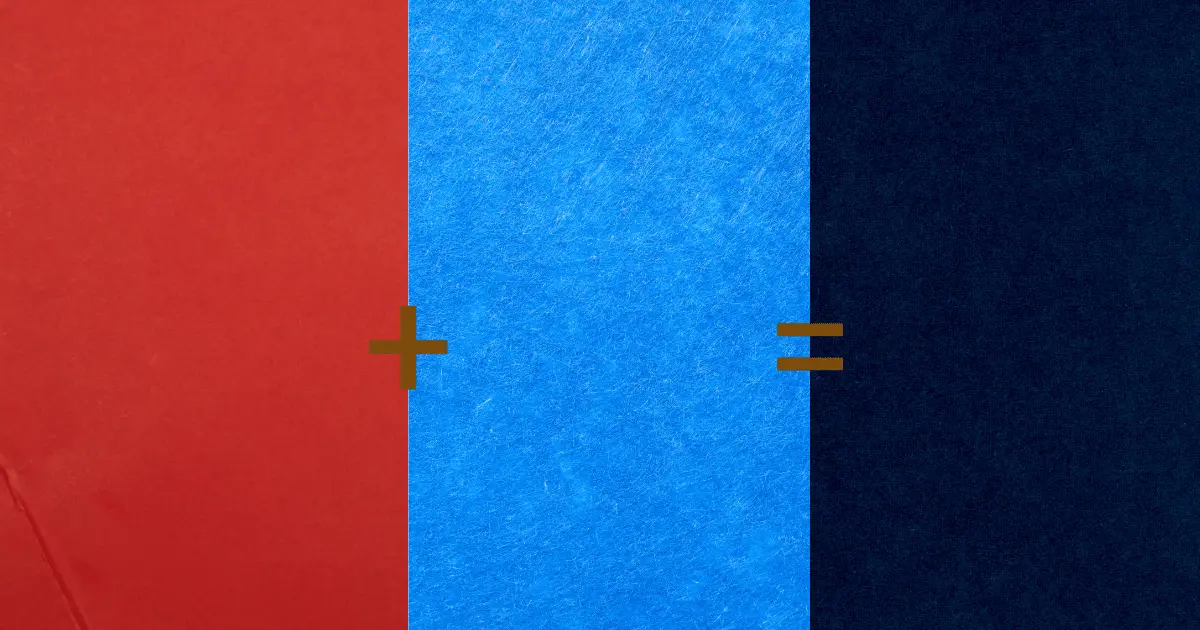
Navy blue is a deep, dark blue perfect for creating a professional, elegant look. Making navy blue from other colors is straightforward; you only need two primary colors, red and blue.
If you wish to achieve the desired shade of navy blue, the ratio of red to blue should be 3:1.
To make navy blue, begin by gathering your materials. You will need red and blue paint or food coloring, a container for mixing the colors, and a stirring stick or spoon.
Start by pouring some red paint or food coloring into the container. Then add three times as much blue paint or food coloring to the container. Use the stirring stick or spoon to mix the colors until they are completely blended. You should now have a deep, rich navy blue color.
You can use this same method to create navy blue with any combination of paints or food coloring; remember to keep the ratio of red to blue at 3:1. Experiment with adding more or less of either color to get the exact shade of navy blue you desire. Whether painting a room or making a cake, you’ll now have the perfect navy blue color to work with.
How to Make Sky Blue
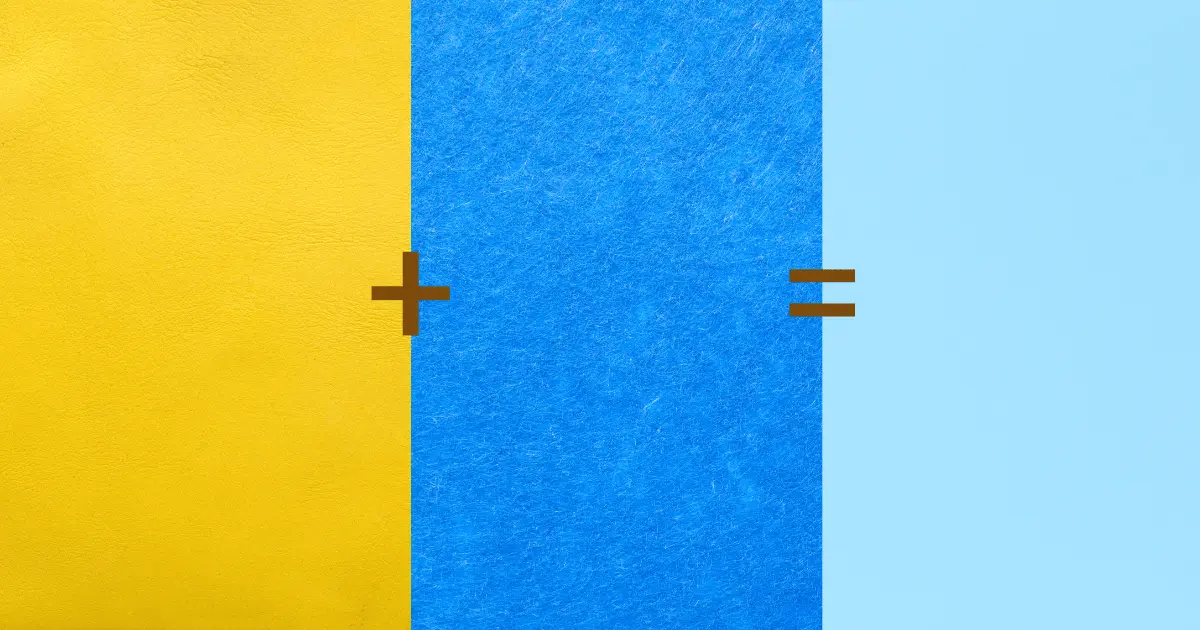
Have you ever wondered what colors make the sky blue? It’s an interesting question, and the answer might surprise you. While most people think of blue as one single color, in reality, it is a combination of different colors. To understand what colors make up sky blue, it’s important first to understand color theory.
To make the sky blue, you must mix blue and yellow together in equal parts, and this combination creates a shade of light blue that resembles the natural color of the sky. Additionally, it’s important to note that this shade of blue can vary depending on the amount of each color used.
If you use more yellow than blue, the resulting color will be lighter and have more of a pastel hue. On the other hand, if you use more blue than yellow, the resulting color will be darker and have more of a navy hue.
So, the next time you want to create a sky-blue hue for your project or artwork, remember to mix equal parts of yellow and blue! With this knowledge, you can easily create a range of sky-blue shades that bring life to any project.
How to Make Denim Blue
Denim blue is an iconic color that has been a fashion staple for decades. But what exactly makes denim blue? To answer this question, let’s dive into the basics of color theory and explore the components that makeup denim blue.
When creating a color, you must combine two primary colors; red, blue, and yellow. To create denim blue, a combination of red and blue must be used. You can adjust the exact hue by adding different amounts of each color to achieve the desired shade.
To create a traditional denim blue, it’s important to focus on balancing the red and blue. Typically, this means adding more blue than red. It’s also important to keep the yellow component minimum when creating denim blue, which will help prevent the color from appearing too bright or washed out.
Playing around with the ratio of red and blue makes it possible to create different shades of denim blue. For a lighter shade, add a little red, while a darker shade of denim blue will require more blue. It’s also possible to adjust the amount of yellow depending on the desired tone.
The final product of your blue denim mix should have a soft yet slightly faded look, similar to the classic look of denim jeans. The muted and subtle appearance of denim blue is part of its charm, making it a timeless choice in fashion and design.
Overall, creating denim blue requires using a mixture of red and blue, with minimal amounts of yellow. This combination makes it possible to craft different shades of denim blue depending on your needs. Whether you’re looking for something light and airy or dark and bold, a blue denim mix fits the bill.

